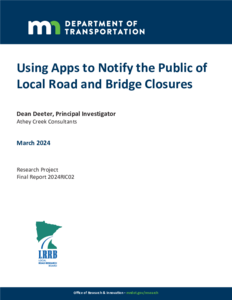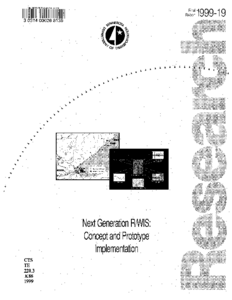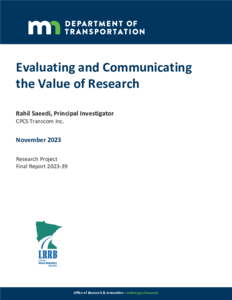Displaying results 1 - 10 of 11
Comparison of Dual-Phase and Static Changeable Message Signs to Convey Airline Information on Interstate Freeways
Date Created
2010
Report Number
2010-02
Description
Evaluating and Communicating the Value of Research
Date Created
2023-11
Report Number
2023-39
Description
Spreadsheet Tool: Evaluating and Communicating the Value of Research
Date Created
2023-11
Report Number
2023-39S
Description
Evaluating and Communicating the Value of Research Brochure and Task Checklists
Date Created
2023-11
Report Number
2023-39B
Description
Generating Traffic Information from Connected Vehicle V2V Basic Safety Messages
Date Created
2021
Report Number
2021-08
Description
20 Tips to Up Your Agency's Social Media Game
Date Created
2022
Report Number
2022-15
Description









